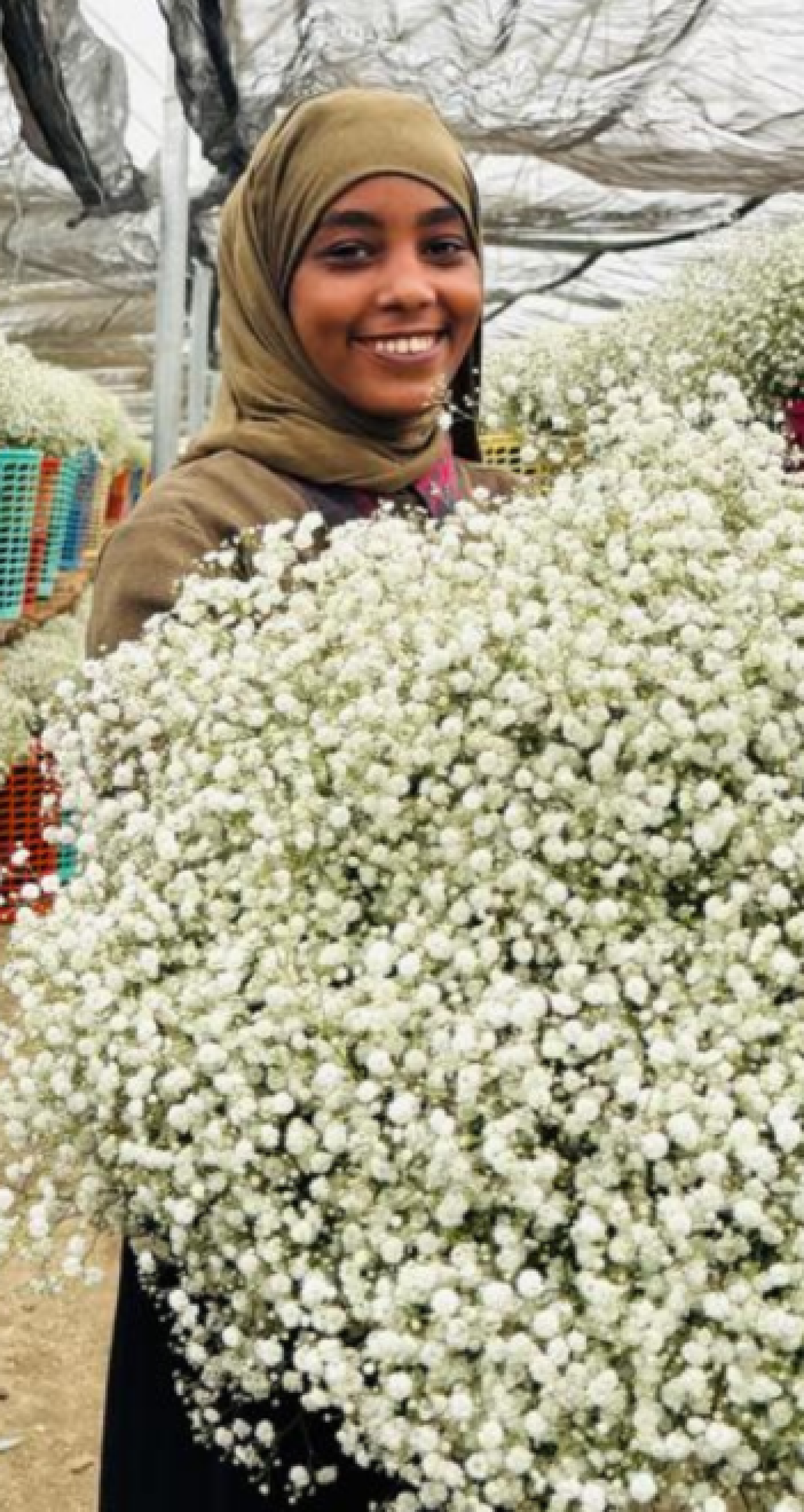The '365 days of flowers' campaign is an initiative of the promotion committee 365 days of flowers, part of Royal FloraHolland. Over 1,800 growers from 15 different countries make this possible. They grow over 150 different flowers, which are promoted throughout the year based on Royal FloraHolland's availability dates. The objective of the '365 days of flowers' campaign is to jointly develop sales opportunities for florists.
Collaborate? We can be reached at [email protected] .
Disclaimer and terms of use












































